You are here:
Home →
News → News 2025.02 - Fine accessories...
2025-03-06 14:54:06
News 2025.02 - Fine accessories
Miniatures promotion! - Take 3 and pay 2!*
The miniatures from FERRO-TRAIN are finer, more colourful and more playful than the often rather clumsy street furniture of the competition. For several decades, they were assembled by our employees in small numbers, but always in several versions, with great joy and angelic patience, but that has now come to an end.
Halling
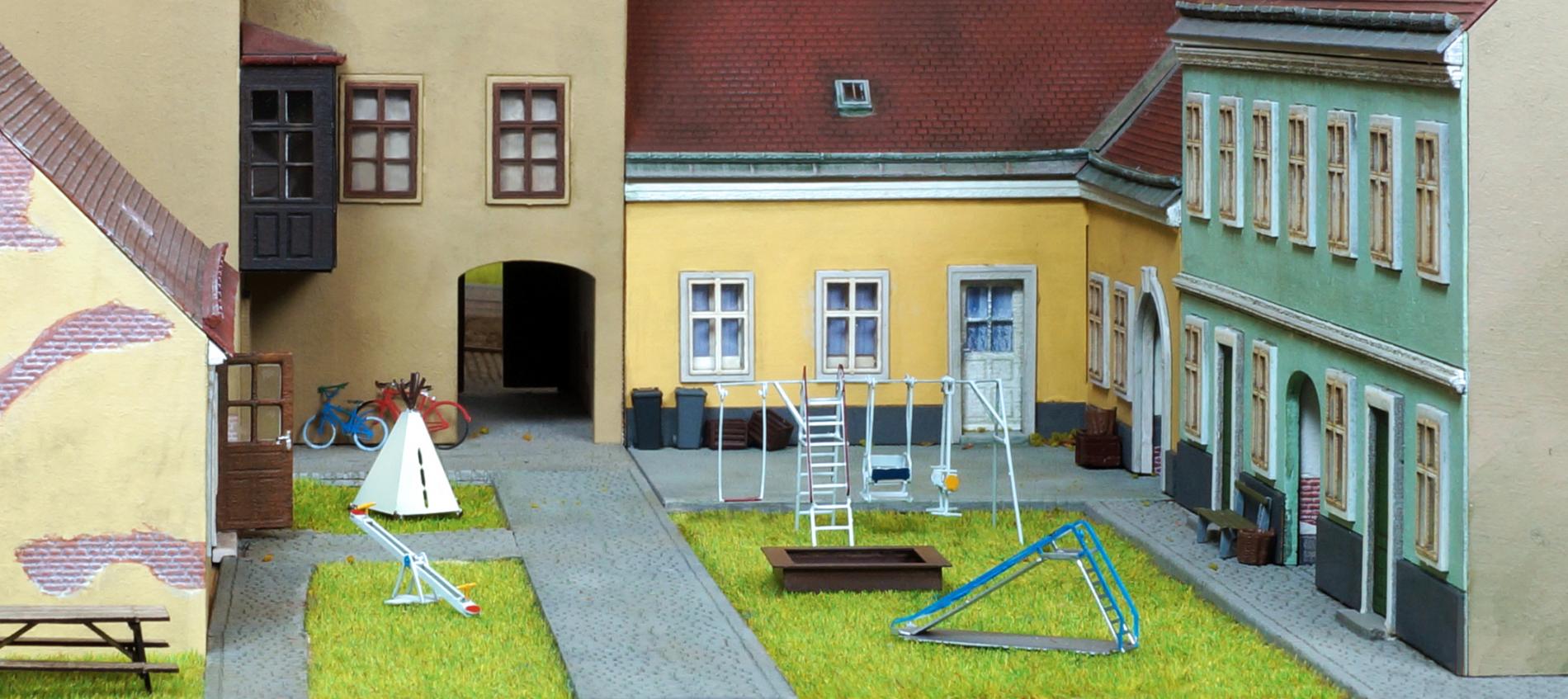
© Halling Modelle
Spielplatz_kar
As the international market has cheaper versions of almost all of our models to offer, we have practically stopped production. Get yours while stocks last! And who knows, maybe you can perform another miracle and save the little buggers from extinction with your support!
Promotion valid until 07.03.2025 for all models whose article number begins with an ‘M-’!
to the product
Related News
-
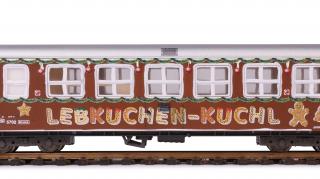
© Halling Modelle
2025-12-01
The new Christmas wagon is here!
The Mariazellerbahn buffet car is now an integral part of NÖVOG's ‘Ötscherbär’ adventure train and offers a selection of drinks as well as savoury and sweet dishes from the region. It is included on all ‘Ötscherbär’ journeys and offers refreshments for passengers during the trip to Mariazell.
more News 2025.12 - WR4ip/s 5702 „Lebkuchen-Kuchl“
-

© Halling Modelle
2025-11-29
The HALLING model advent calendar is back!
There is a child in all of us who still remembers the advent season. The days leading up to Christmas were filled with the smell of cinnamon and growing anticipation! Every day, we could see on the advent calendar how many days we still had to wait until the big day. This year, we are finally letting that child out to play again!
more News 2025.11 - Advent Calendar
-
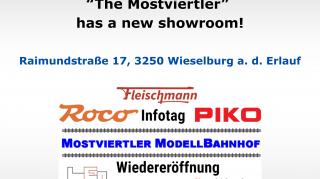
© Halling Modelle
2025-11-20
The Mostviertler has a new showroom!
Our new boss, Mr Joachim Haselmayer, also known as the Mostviertler, had already been running the Mostviertler model railway station very successfully for several decades before he bought a bag of fleas called HALLING Modelle. It started out as a small model railway shop, idyllically located in the old railway station in Wieselburg a.d. Erlauf, but it has long since outgrown its premises.
more News 2025.11 - Invitation to the Mostviertel
-
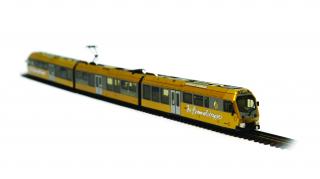
© Halling Modelle
2025-11-17
Nine places – nine treasures, but only one winner!
The Mariazellerbahn is Austria's most beautiful place! In the grand finale of the ORF prime-time show ‘9 Plätze – 9 Schätze’ (9 Places – 9 Treasures) on 25th October 2025, the Mariazellerbahn won the title of ‘Austria's most beautiful place’ for the first time, bringing it to Lower Austria. We congratulate them on their victory, even though we have always known how unique and beautiful Austria's longest narrow-gauge railway is!
more News 2025.11 - The stairway to heaven on the Mariazellerbahn railway
-
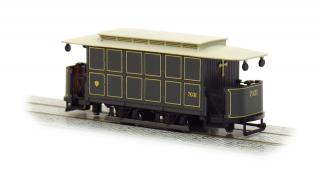
© Halling Modelle
2025-10-30
We wish you a merry All Saints' Day!
From 1918 onwards, the deceased in Vienna travelled by tram! The le 7031, converted from a former NWT steam tram car, could carry up to 12 passengers from the large Viennese hospitals, the care home in Lainz and the nursing home in Steinhof to the Vienna Central Cemetery in style.
more News 2025.10 - Viennese hearse tram le 7031er
-
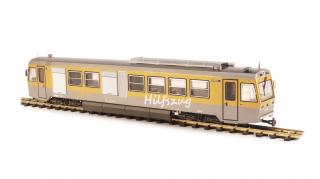
© Halling Modelle
2025-10-23
Only a few items available!
An auxiliary train is defined as any self-propelled or locomotive-hauled railway vehicle that is used in the event of railway accidents or other operational disruptions to provide assistance, clear the scene or deal with the consequences of an accident.
more News 2025.10 - The „Hilfszug“ of NÖVOG and the VTs in the Waldviertel







